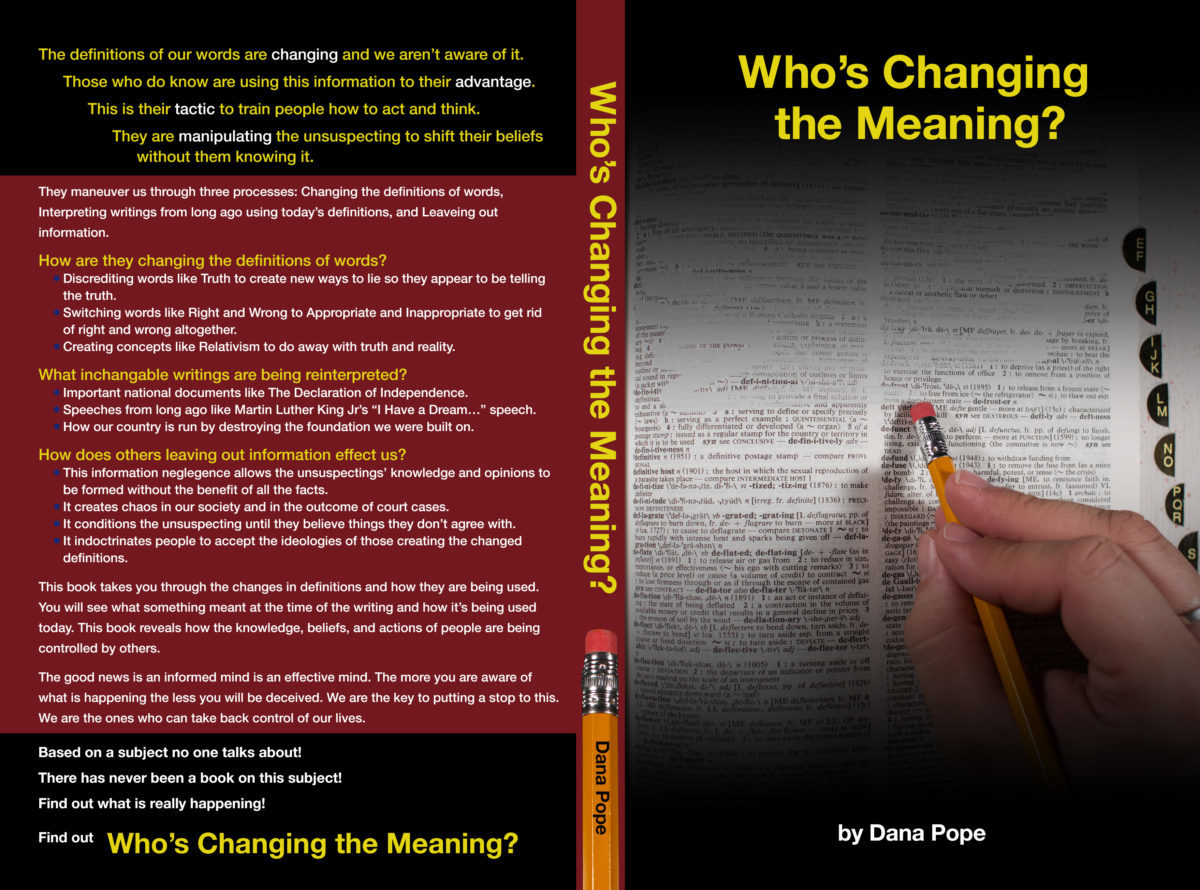 A Tennessee middle-schooler, Keaton Jones, was on a video where he lamented about being bullied at school. The video pulled at our hearts as he asked, in a cracked voice, why some kids are bullies. Keaton stated that he was teased because of his looks and for being different.
A Tennessee middle-schooler, Keaton Jones, was on a video where he lamented about being bullied at school. The video pulled at our hearts as he asked, in a cracked voice, why some kids are bullies. Keaton stated that he was teased because of his looks and for being different.
Keaton is not alone. The U.S. Department of Health and Human Services reports that twenty-eight percent of students in grades 6 – 12 have been bullied at some point. Looking at just cyberbullying, the number of those bullied went from 18% in 2007 to 34% in 2016. The increase in suicides by those tormented has increased so much we added a new word for it: bullycide; a combination of bully and suicide.
A bully is a person who is habitually cruel to smaller or weaker people. There are several actions that a bully uses: name calling, making fun of, pushing, spitting and stealing, along with excluding them from activities or groups. Kids who are bullied are more likely to experience depression, anxiety, loss of eating and sleeping, a drop in their grades and less interest in activities, to name a few. Being bullied can have a negative effect that will stay with children, even when they become adults.
There are also effects that bullies carry with them as adults. Kids who torment others are more likely to get into fights, vandalize property, drop out of school, abuse drugs and alcohol, have poor relationships and have criminal convictions. Whether a child is the bully or being bullied, there is a lasting negative effect that can be played out when they are adults.

